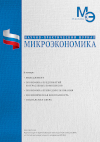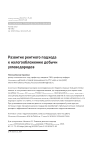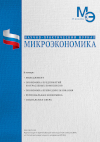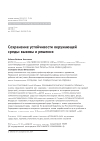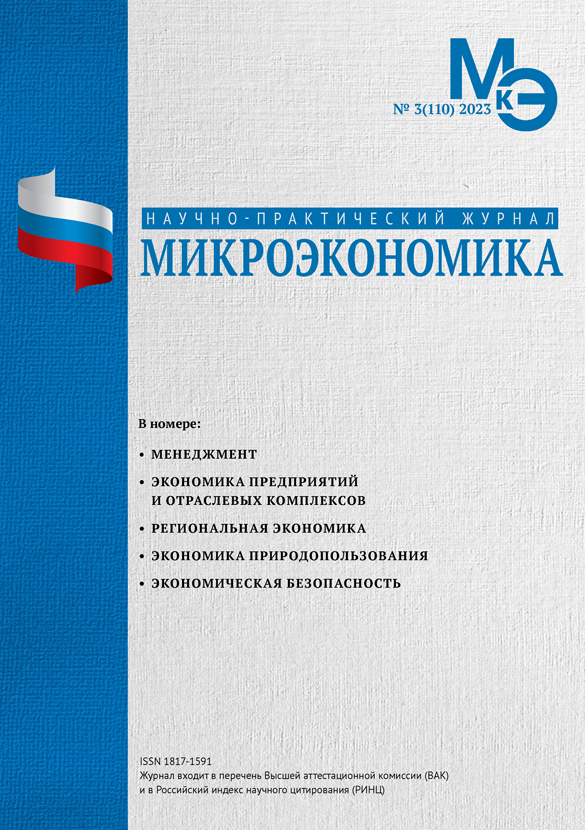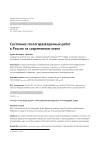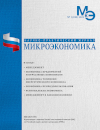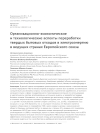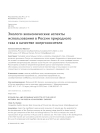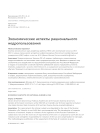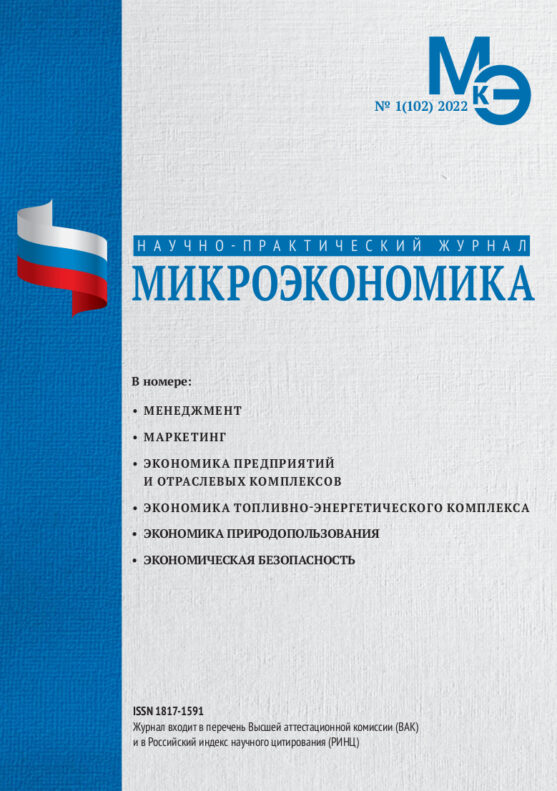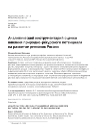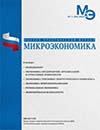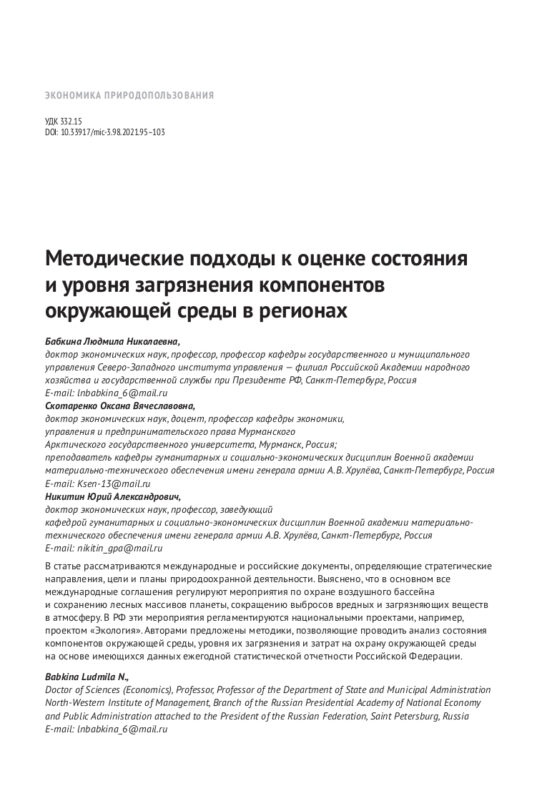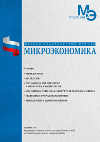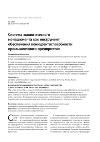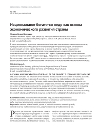Development of a rent approach to taxation of hydrocarbon production
DOI: 10.33917/mic-2.115.2024.75-80
The formation of revenues of the country’s consolidated budget largely depends on the receipt of taxes from subsoil use, where the mineral extraction tax plays a decisive role. Due to the strengthening of its fiscal role, the tax is losing its regulatory significance for the rational use of subsoil. The article examines the tax regulation of the use of hydrocarbon reserves based on a methodological approach to assessing their value and the mechanism for calculating the per-ton rate of reserve redemption. By establishing per-ton reserve redemption rates for newly commissioned hydrocarbon fields, the state acquires a stable source of income and an effective mechanism for monitoring the rational use of subsoil.
References:
1. Tax Code of the Russian Federation (Part II) [Electronic resource]. URL: www.consultant.ru
2. Pelmeneva A.A. Features of hydrocarbon production taken into account in the modern tax system of Russia. Mineral Resources of Russia. Economics and Management. 2020;4–5:69–74. (In Russ.).
3. Grigoriev G.A., Otmas A.A. The tax system as a factor in stabilizing oil production: the state and problems of reform. Mineral Resources of Russia. Economics and Management. 2019;4:21–28. (In Russ.).
4. Panfilov E.I. On improving the quality of federal laws relating to the development of mineral resources of the earth’s subsoil (expert assessment). Rational development of subsoil. 2020;1:50–56. (In Russ.).
5. Kimelman S.A. Mining rent: on the issue of a different taxation system. Oil and Gas Vertical. 2010;7:26–33. (In Russ.).
6. State report «On the state and use of the mineral resource base of the Russian Federation in 2021». M.: MPR of Russia, 2022. 626 p.
7. Classification of reserves and resources of oil and flammable gases. Order of the Ministry of Natural Resources and Ecology of the Russian Federation dated November 1, 2013 No. 477 (Registered with the Ministry of Justice of Russia on December 31, 2013, registration No. 30943) [Electronic resource]. URL: www.consultant.ru
8. Order of the Ministry of Natural Resources of Russia dated September 30, 2008 No. 232 (as amended on October 15, 2019) «On approval of the Methodology for determining the starting amount of a one-time payment for the use of subsoil» (together with the «Methodology for calculating the minimum (starting) amount of a one-time payment for the use of subsoil») (Registered with the Ministry of Justice of Russia on December 22, 2008 No. 12914) [Electronic resource]. URL: www.consultant.ru
9. Melekhin E.S. Economic aspects of rational subsoil use. Microeconomics. 2023;1:61–66. (In Russ.).
10. Kuzina E.S., Melekhin E.S. On the reliability of geological and economic estimates in subsoil use. Mineral Resources of Russia. Economics and Management. 2019;5:52–55. (In Russ.).
11. Bogatkina Yu.G. Problems of valuation of reserves and resources of natural hydrocarbons taking into account risk factors. Nezh Problems of economics and management of the oil and gas complex. 2021;4 (196):8–13. (In Russ.).


